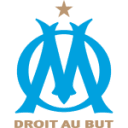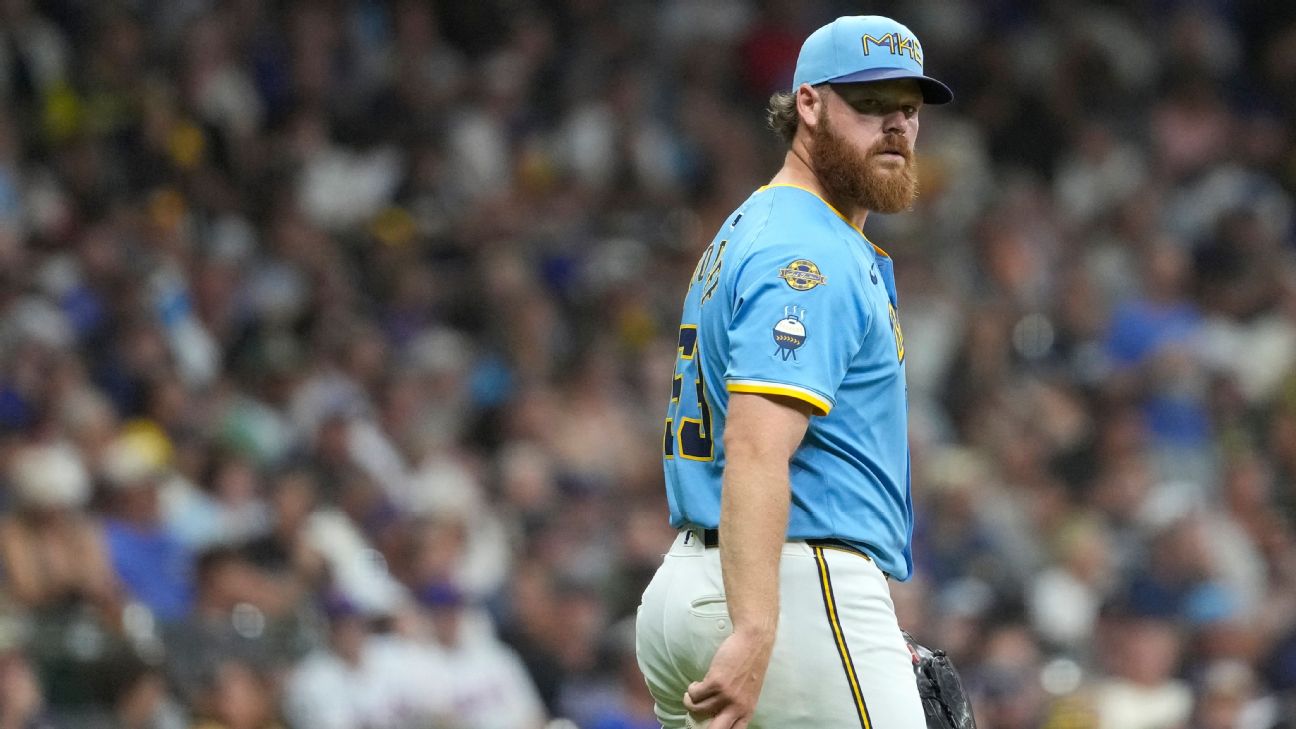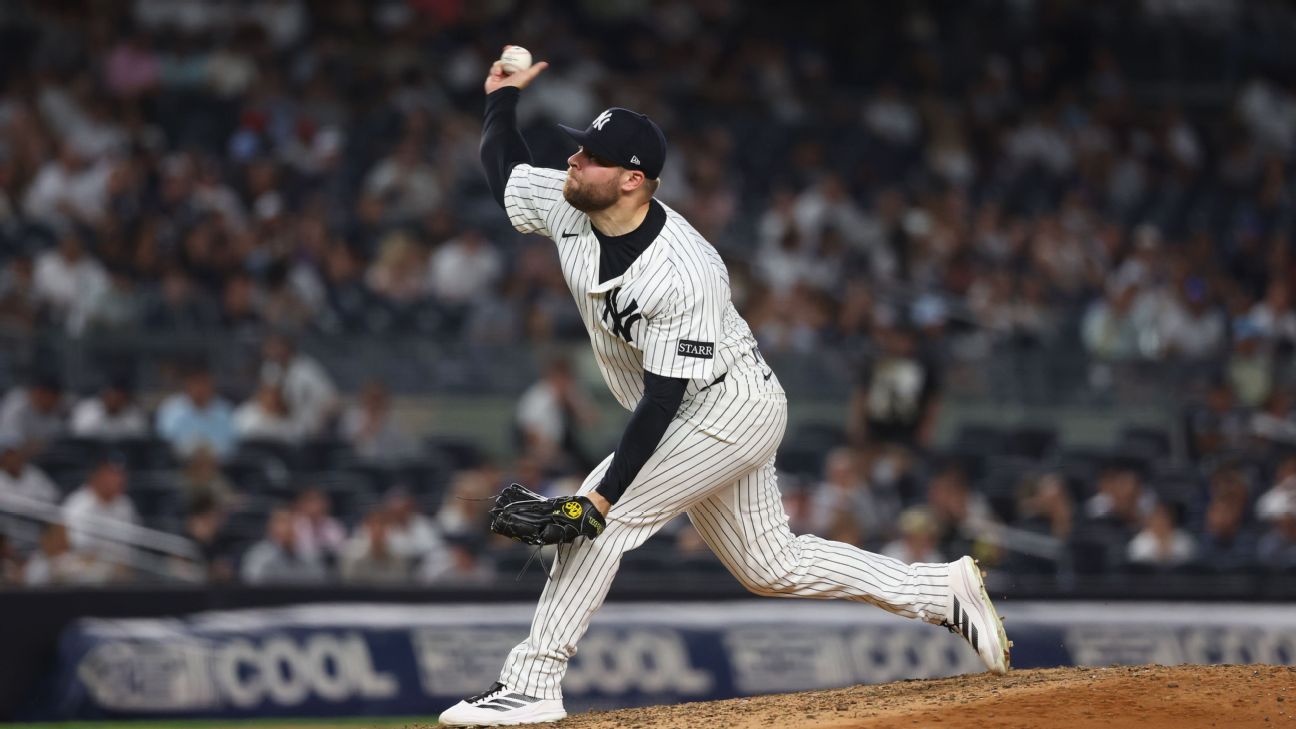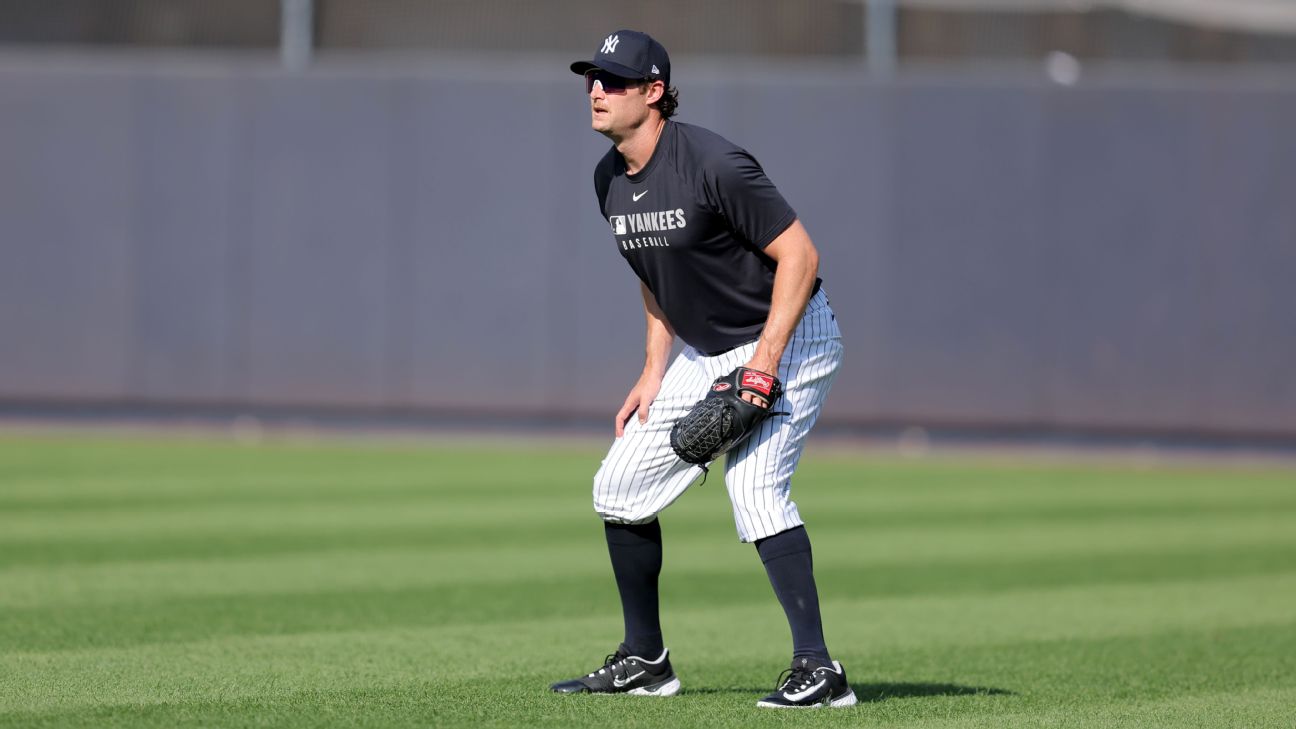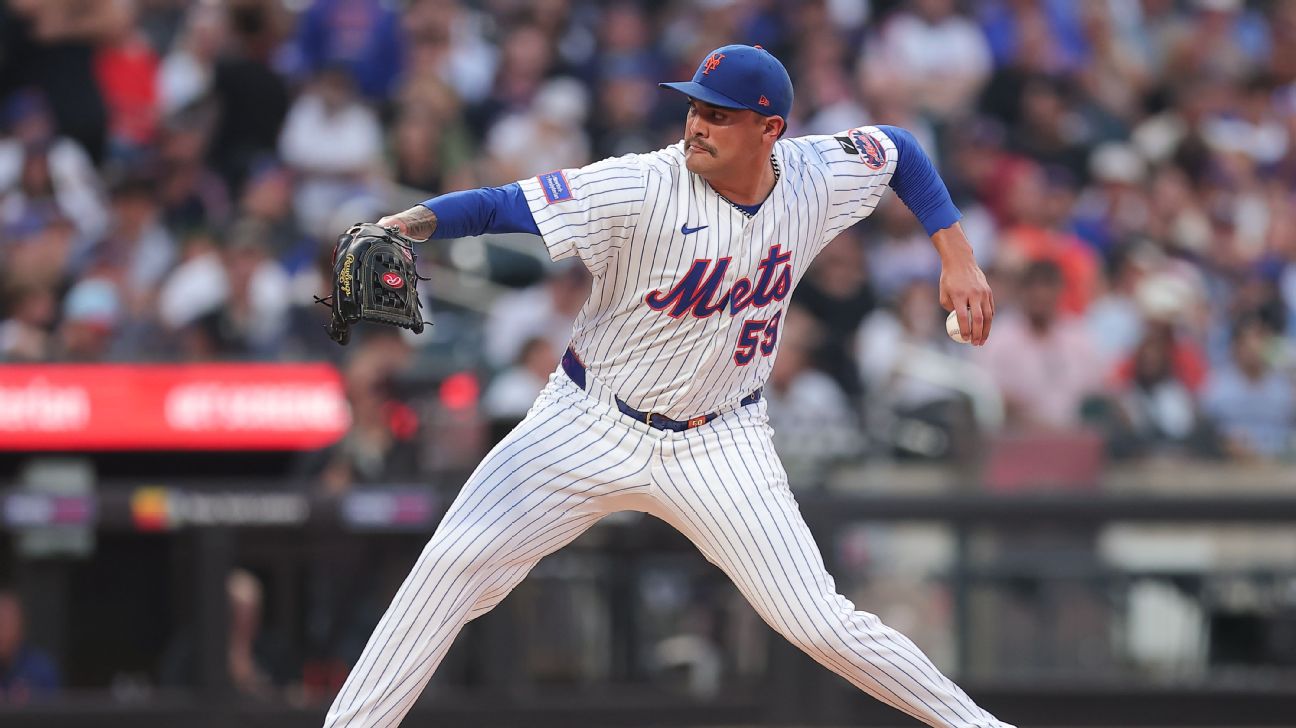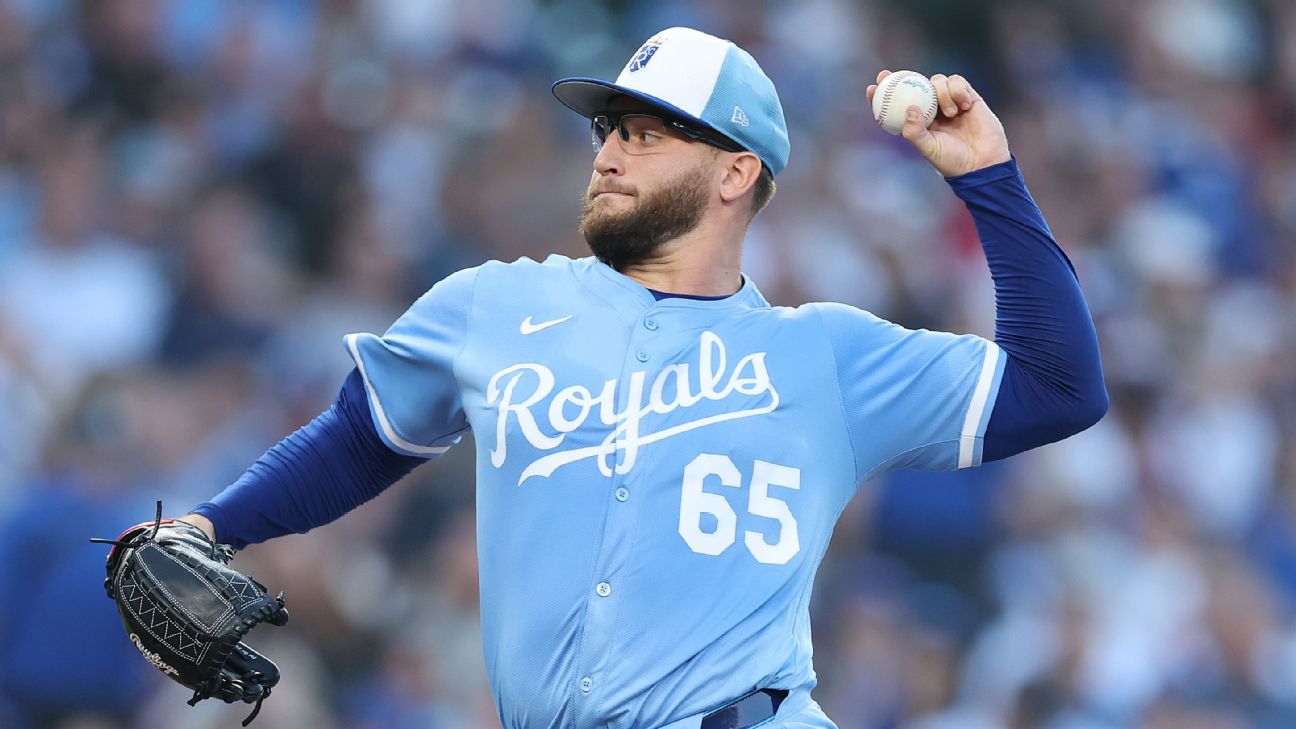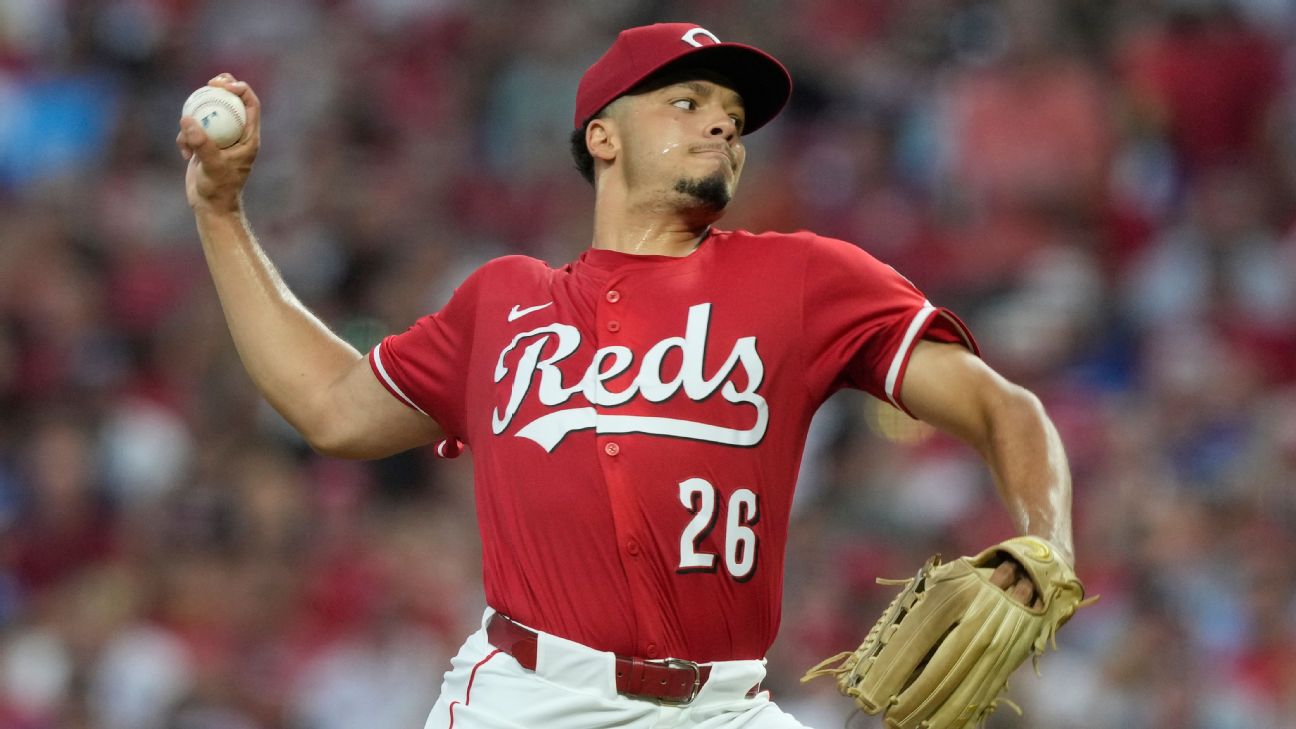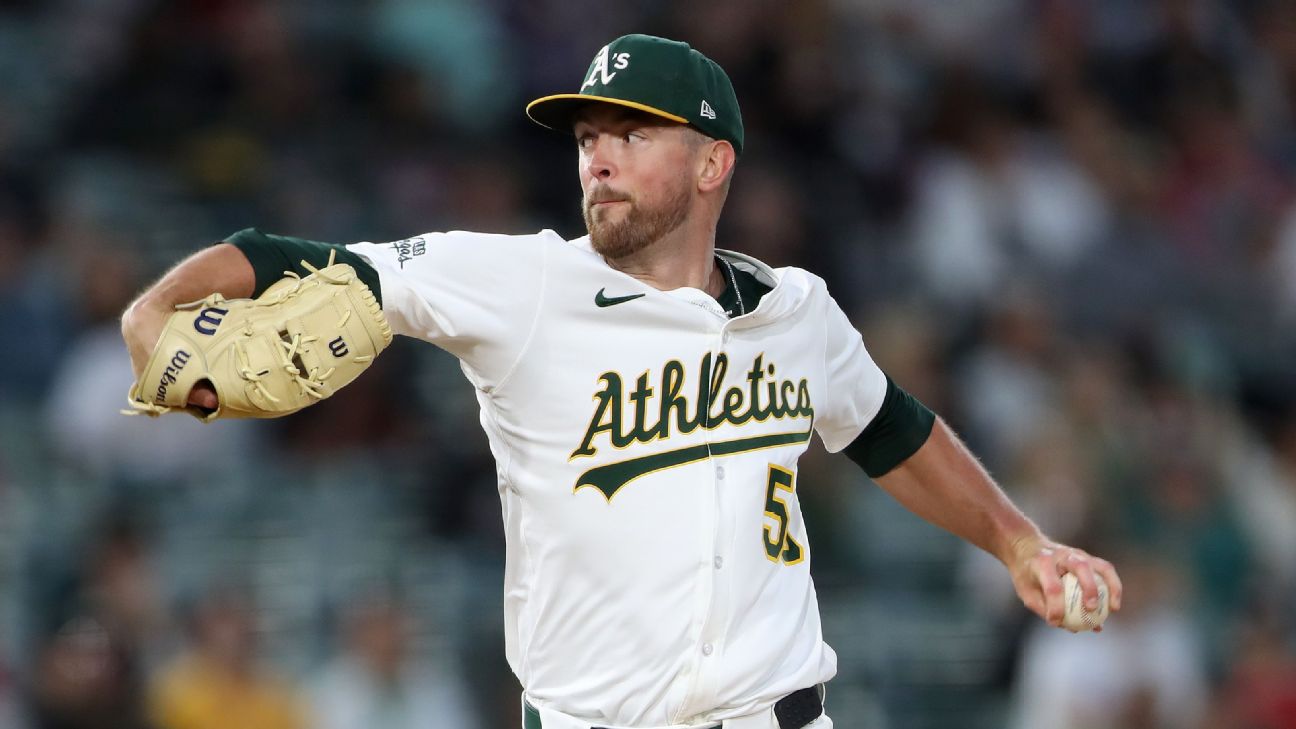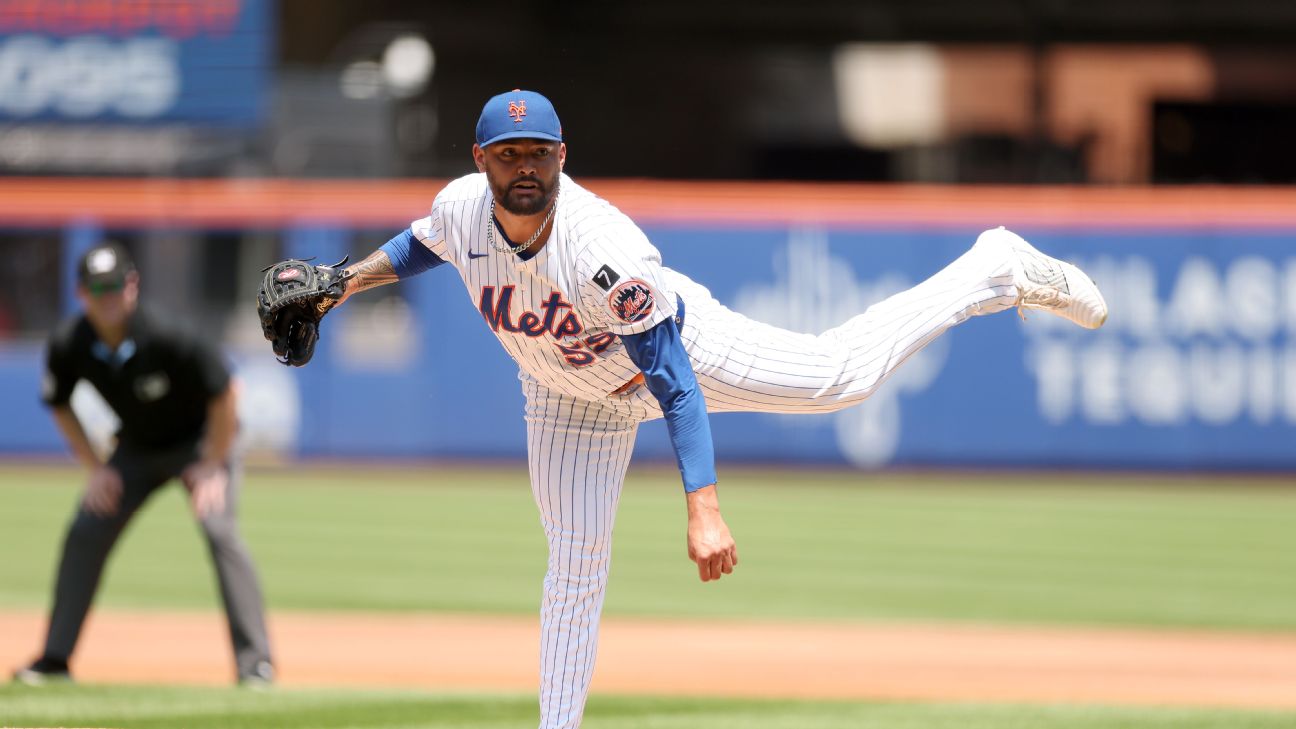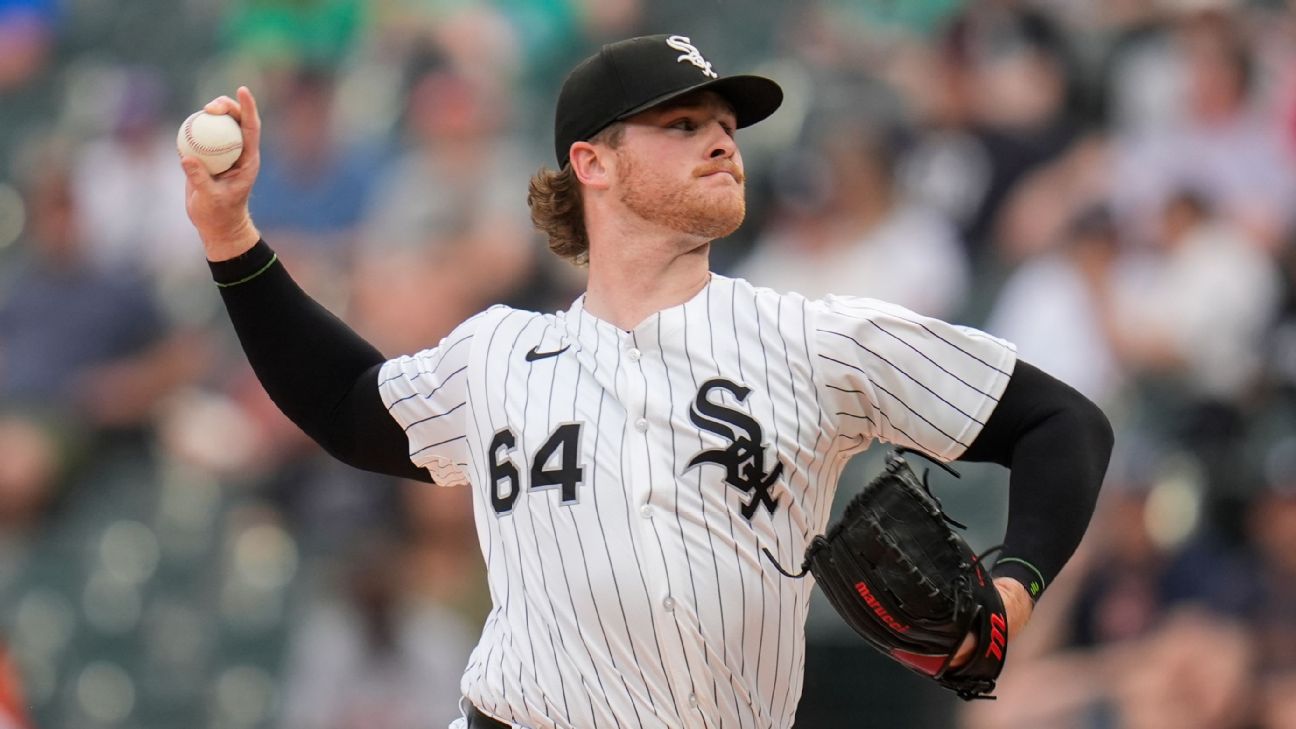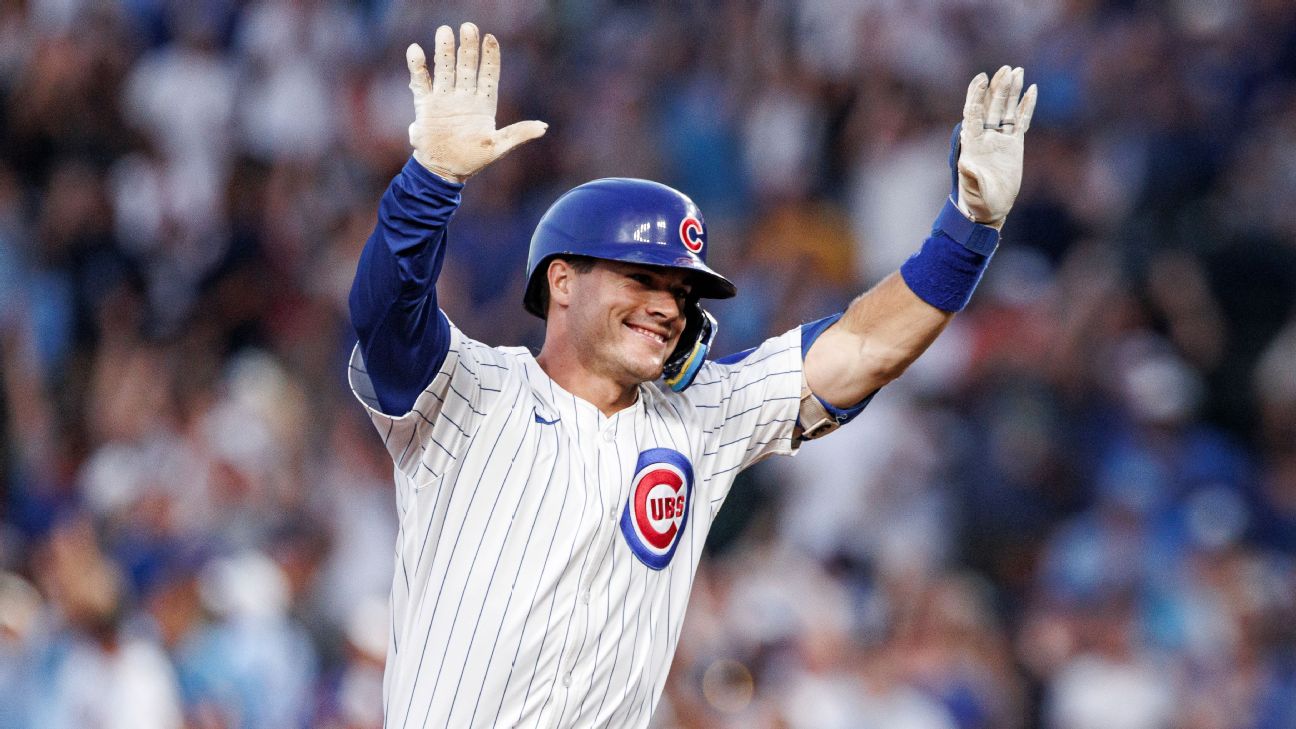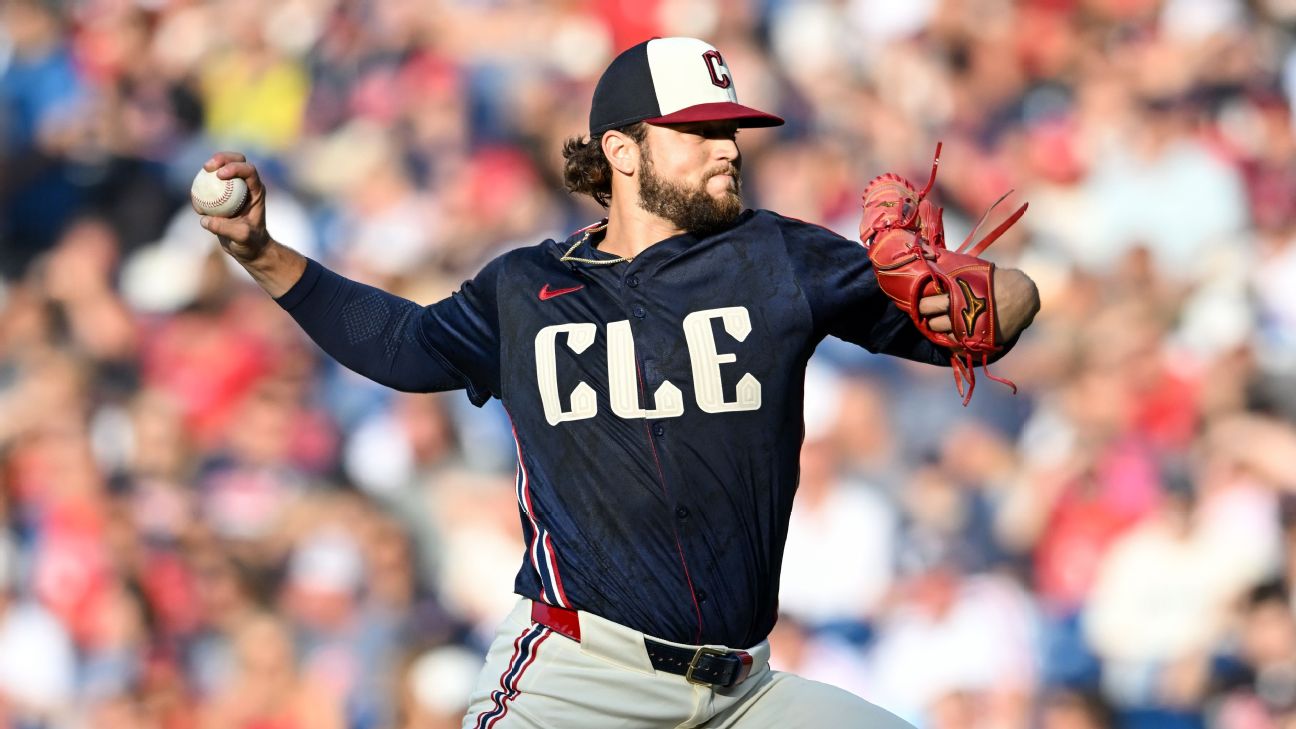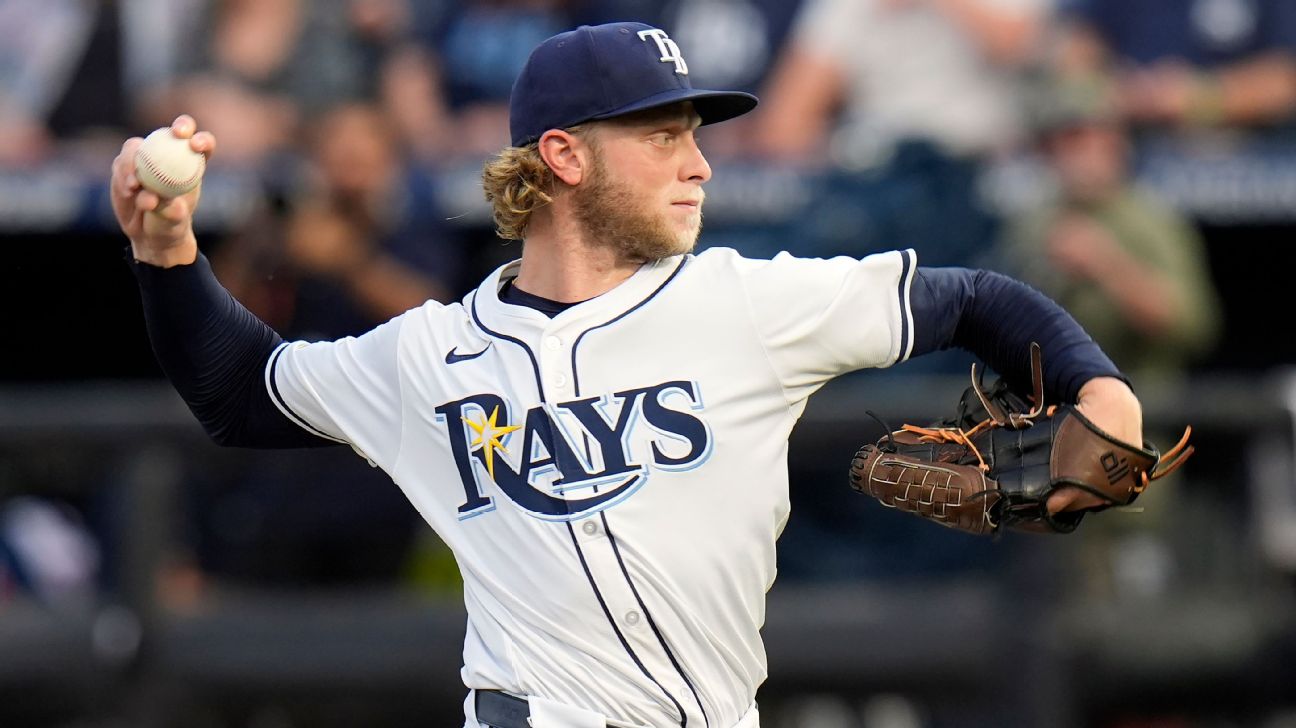Expert MLB Injury Analysis: How to Manage Player Injuries Like a Pro
Stephania Bell and Tristan H. Cockcroft break down key MLB injury trends, recovery timelines, and fantasy baseball strategies for managing player health risks.
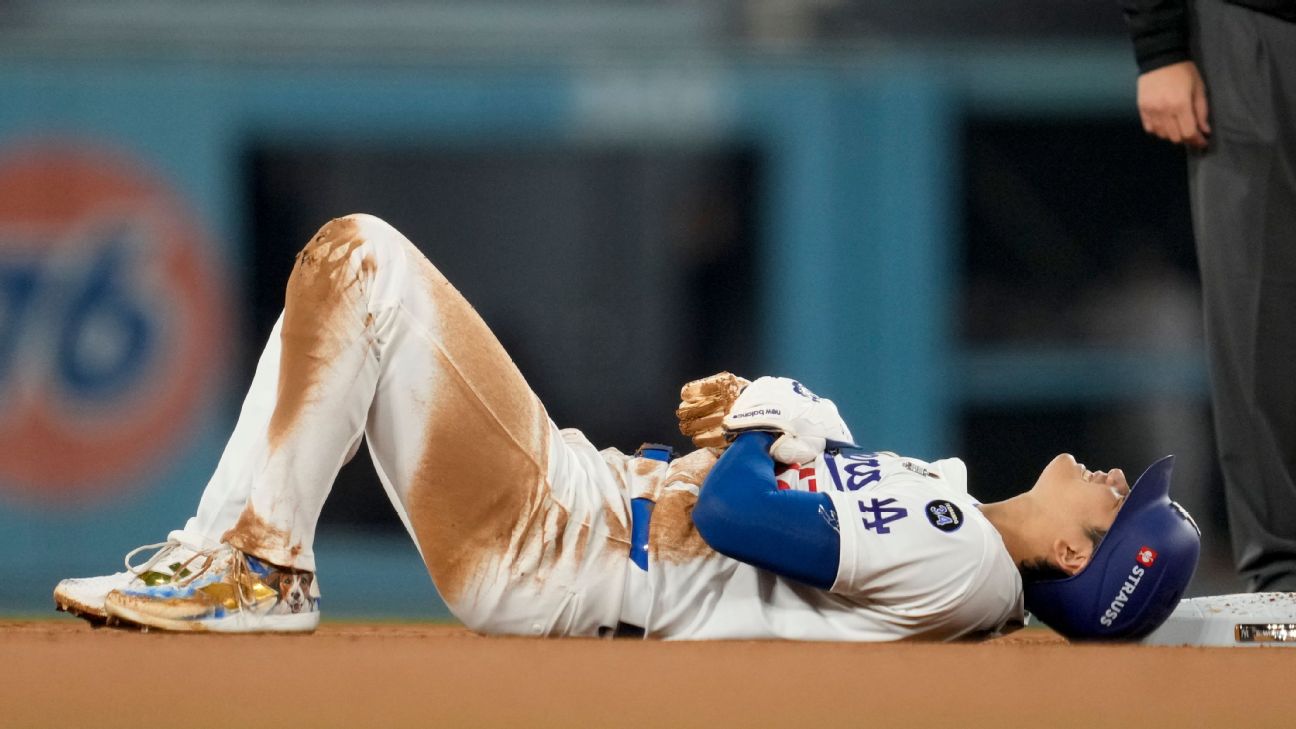
The Unpredictable Nature of Baseball Injuries
Injuries remain the ultimate wildcard in fantasy baseball, capable of derailing even the most meticulously crafted rosters. The challenge? Much like the sport itself, injuries follow no predictable script. From routine muscle strains to catastrophic ligament tears, understanding injury mechanisms and recovery patterns could mean the difference between fantasy glory and frustration.
Decoding the Injury Severity Spectrum
Not all "day-to-day" injuries are created equal. Here's how to interpret common injury classifications:
- Sprains/Strains: Red flags suggesting a likely IL stint (70%+ missed games)
- Muscle Soreness: Typically short-term (1-3 game absence)
- "Tweaked" Injuries: Often underreported; monitor subsequent reports closely
Teams frequently employ coded injury language. A "mild hamstring strain" that keeps a player out for 10+ days underscores the importance of historical context—study how teams have handled similar injuries in the past.
The Tommy John Rehabilitation Timeline (2025 Update)
With elite pitchers like Sandy Alcantara and Felix Bautista returning from UCL reconstruction, understanding modern recovery protocols is crucial:
| Factor | Traditional Timeline | 2025 Best Practices |
|---|---|---|
| Initial Recovery | 18 months | 12-16 months |
| Velocity Return | 6-8 months | 3-5 months (with limitations) |
| Command Refinement | 12+ months | 6-12 months |
| Fantasy Viability | Year 2 post-op | Late Year 1 (with caution) |
Key Insight: Drafting TJ-recovery pitchers requires patience—their first 8-12 MLB appearances typically show reduced command (15-20% higher walk rates).
InternalBrace vs. Traditional Tommy John: The New Frontier
Lucas Giolito and Spencer Strider's 2025 comebacks highlight the UCL repair revolution:
-
Procedure Differences:
- Traditional TJ: Complete ligament replacement (14-16 month recovery)
- InternalBrace: Native ligament reinforcement (7-9 month recovery)
-
Fantasy Implications:
- InternalBrace pitchers show 25% faster velocity rebound
- Hybrid procedures (reconstruction + bracing) becoming more prevalent
The Stolen Base Dilemma: When Injuries Change Game Plans
Michael Harris II's 2024 hamstring issues (62.5% SB success rate vs. 83.3% in 2023) exemplify how lower-body injuries impact baserunning:
Highest-Risk Injuries for Speed Players:
- Hamstring strains (40% reduced steal attempts post-recovery)
- Ankle sprains/fractures (slides become risky)
- Hip flexor injuries (explosiveness compromised)
- Thumb UCL tears (headfirst slide hesitation)
Pro Tip: Monitor rehab reports for "change of direction drills"—the final benchmark before greenlighting steals.
Preventative Strategies: What Winning Fantasy Managers Do
- Depth Matters: Rostering 3+ backup SS/OF minimizes impact
- Schedule Awareness: Target IL-return players facing weak defensive teams
- Surgical History: Pitchers with prior TJ show 30% higher re-injury risk
- Weather Watch: Cold-weather games increase soft-tissue injury rates by 18% (per MLB injury data)
"Managing injuries is less about predicting the unpredictable and more about building systems to absorb the inevitable." — Stephania Bell
For continuous updates, subscribe to ESPN Fantasy Baseball Alerts.








